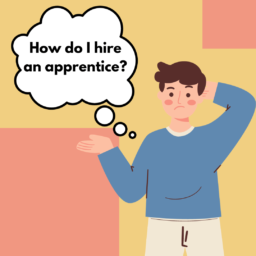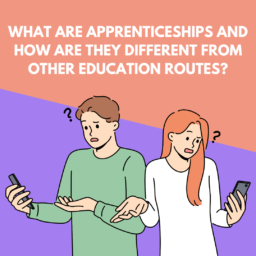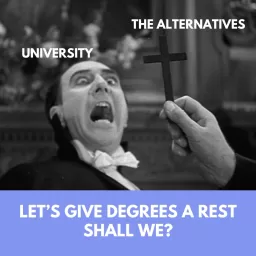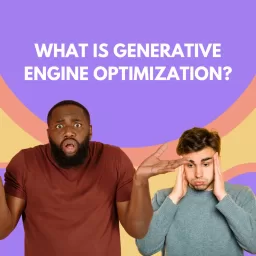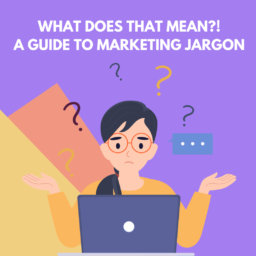Where is it all leading to?
As I delve into the world of AI-generated videos, I am struck by the immense progress made in just a year. The advancements in technology have paved the way for OpenAI’s latest model, Sora, which can synthesize one-minute video clips based on text input. This groundbreaking development has opened up a realm of possibilities, blurring the lines between reality and virtuality.
With the ability to create photorealistic images and videos, Sora has brought AI-generated content to a whole new level. The intricate details, from lighting and textures to movements and reflections, showcase the remarkable capabilities of this model. As I explore the sample videos on OpenAI’s website, I am astounded by the attention to detail and realism portrayed in each clip.
While there are imperfections to be found upon closer inspection, the progress made in AI-generated videos is undeniable. The potential applications of this technology are vast, from stock footage creation to historical reenactments. However, as we marvel at the current capabilities of Sora, we can only imagine what the future holds for AI-generated content.
Impressive Examples of AI-Generated Videos
The evolution of AI-generated videos has reached new heights with OpenAI’s Sora model, showcasing stunning advancements in video synthesis. The photorealistic images and videos generated by Sora demonstrate intricate details such as lighting, textures, movements, and reflections, blurring the lines between reality and virtuality.
Sample videos on OpenAI’s website offer a glimpse into the capabilities of Sora, with scenarios ranging from a stylish woman walking down a Tokyo street to a movie trailer featuring a spaceman in a desert setting. The attention to detail in these videos is remarkable, with accurate lighting, skin tones, fabric textures, and even cinematic effects like film grain.
While imperfections may be present upon closer inspection, such as inconsistent camera movements or slight visual anomalies, the overall quality of these AI-generated videos is impressive. The ability of Sora to create realistic scenes, from golden retriever puppies playing in the snow to historic Gold Rush-themed footage, showcases the potential applications of this technology.
As the pace of improvement in AI-generated videos accelerates, the possibilities for using these videos in various industries, from advertising to historical reenactments, are expanding. The realism and attention to detail in the videos generated by Sora offer a glimpse into the future of AI-generated content, challenging our perceptions of what is real and what is synthesised.
Potential Applications of Sora Model
The introduction of OpenAI’s Sora model has opened up a world of possibilities in the realm of AI-generated videos. With the capability to synthesise one-minute video clips based on text input, Sora has the potential to revolutionize various industries and applications. One potential application is in the creation of stock footage for presentations, advertisements, and marketing materials. The photorealism and attention to detail in the videos generated by Sora make them suitable for use in a wide range of projects.
Moreover, historical reenactments and themed footage can also benefit from the capabilities of Sora. The model can generate realistic scenes, such as California during the Gold Rush, that could easily pass for authentic historical footage. This opens up opportunities for creating engaging and visually appealing content for educational purposes and entertainment.
Furthermore, the use of AI-generated videos in content creation, such as YouTube videos or movies, is another potential application of the Sora model. While there are still imperfections to be addressed, the rapid pace of improvement in AI-generated videos suggests that the possibilities for using these videos in various creative endeavours are expanding. As the technology continues to evolve, the lines between reality and virtuality are becoming increasingly blurred, challenging our perceptions of what is real and what is synthesised.
In conclusion, the potential applications of the Sora model are vast and varied, from stock footage creation to historical reenactments and content creation. The capabilities of this technology offer a glimpse into the future of AI-generated content and its impact on industries and creative endeavours. As the Sora model continues to improve and advance, the possibilities for using AI-generated videos in innovative and compelling ways are limitless.
Ethical Considerations and Safety Measures
As we delve into the realm of AI-generated videos, it is important to consider the ethical implications and safety measures associated with this technology. The rise of AI models like Sora, capable of synthesising realistic videos from text input, raises concerns about the potential misuse of such content.
One key ethical consideration is the possibility of AI-generated videos being used to deceive or manipulate viewers, especially those who may not be aware that they are watching synthesised content. This raises concerns about misinformation, particularly in sensitive areas such as politics or news reporting. To mitigate these risks, it may be necessary to implement safeguards to clearly distinguish AI-generated videos from authentic footage.
Furthermore, there are safety measures that should be put in place to regulate the use of AI-generated videos. For example, restrictions may need to be imposed on generating videos that depict individuals without their consent, to protect privacy and prevent potential harm. Additionally, safeguards should be implemented to prevent the creation of misleading or harmful content that could have negative consequences.
As the technology continues to advance, it is crucial to prioritise ethical considerations and implement appropriate safety measures to ensure the responsible and beneficial use of AI-generated videos. By addressing these concerns proactively, we can harness the potential of this technology while minimising potential risks to society.
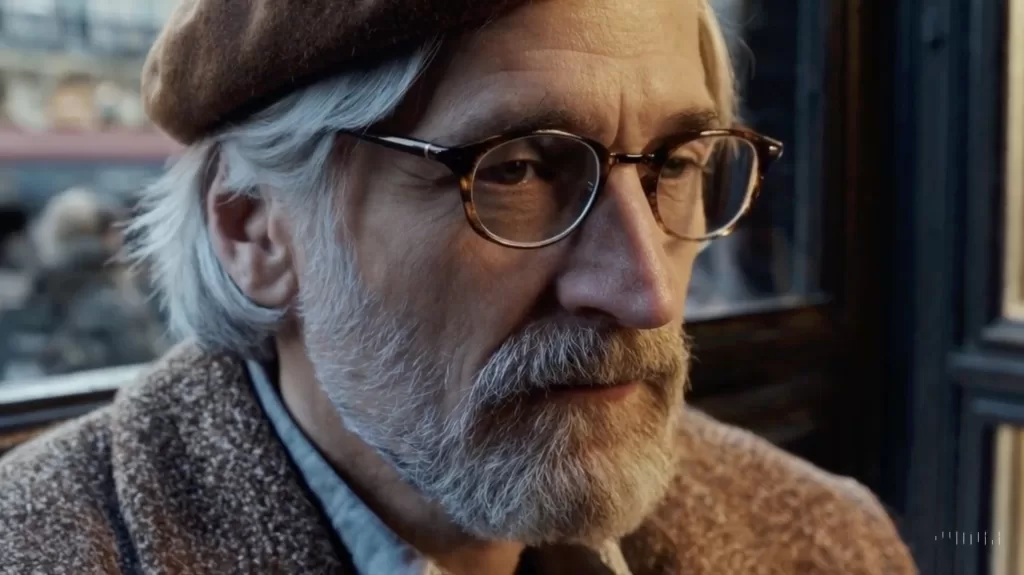
Above is an example of a the sort of quality that OpenAI’s Sora is capable of producing. More examples can be seen here.
Future Implications of AI-Generated Videos
The rapid advancement of AI-generated videos, exemplified by OpenAI’s Sora model, has significant implications for various industries and creative endeavours. As this technology continues to evolve, the boundaries between reality and virtuality are becoming increasingly blurred, challenging our perceptions of authenticity and synthetic content.
One of the potential implications of AI-generated videos is the transformation of the stock video industry. With the ability to create photorealistic videos from text input, Sora offers a cost-effective and efficient solution for generating custom footage for presentations, advertisements, and marketing materials. This could significantly impact traditional video licensing, as content creators may opt for AI-generated videos instead of purchasing stock footage.
Moreover, the use of AI-generated videos in content creation, such as YouTube videos or movies, presents new opportunities for innovative storytelling and visual effects. While there are still imperfections to be addressed, the continuous improvement in AI-generated videos suggests a future where entire videos or movies could be created using AI technology. This raises questions about the role of human creativity and the potential limitations of AI in generating truly original content.
Furthermore, ethical considerations and safety measures must be prioritised as AI-generated videos become more indistinguishable from real footage. The risk of misinformation and deception, especially in sensitive areas like politics or news reporting, highlights the importance of implementing safeguards to distinguish AI-generated content from authentic videos. Additionally, regulations may be necessary to prevent the misuse of AI-generated videos for malicious purposes.
In conclusion, the future implications of AI-generated videos are vast and multifaceted, impacting industries, creative endeavours, and societal perceptions of authenticity. As technology continues to advance, it is essential to consider the ethical, legal, and creative implications of AI-generated content to ensure responsible and beneficial use in various applications.
Safety Measures and Watermarking
It is crucial to consider the ethical implications and safety measures associated with AI-generated videos, especially as the technology continues to advance rapidly. One key ethical consideration is the potential misuse of AI-generated videos to deceive or manipulate viewers, leading to concerns about misinformation, particularly in sensitive areas like politics or news reporting. To address these risks, safeguards should be implemented to clearly distinguish AI-generated videos from authentic footage, ensuring transparency and integrity in content.
Furthermore, safety measures should be put in place to regulate the use of AI-generated videos, such as restrictions on generating videos that depict individuals without their consent to protect privacy and prevent potential harm. Additionally, safeguards should be implemented to prevent the creation of misleading or harmful content that could have negative consequences. By prioritising ethical considerations and implementing appropriate safety measures, we can ensure the responsible and beneficial use of AI-generated videos in various applications.
Moreover, OpenAI has taken steps to address these concerns by incorporating a watermark in the bottom corner of every video generated by the Sora model. This watermark serves as a clear indicator that the video is AI-generated, helping viewers distinguish between synthesised content and authentic footage. While the technology behind AI-generated videos continues to evolve, the presence of a watermark provides a level of transparency and accountability in the use of AI-generated content.
Existential Questions on AI Creativity
As I think about the advancements in AI-generated videos, I am left wondering about the implications of AI creativity. With models like Sora capable of synthesising photorealistic videos from text input, it raises intriguing questions about the nature of creativity in artificial intelligence.
One pressing question is whether AI, trained on existing human-made content, can truly innovate or create in ways that surpass human capabilities. While Sora and similar models can generate impressive videos, the source of their creativity stems from the data they have been trained on. This begs the question of whether AI can produce truly original content that transcends human imagination.
Furthermore, as AI-generated videos become increasingly indistinguishable from real footage, it challenges our perceptions of authenticity and creativity. The rapid advancement of AI technology poses a philosophical dilemma of where the line between human creativity and AI generation lies. Can AI truly be considered creative, or is it merely replicating patterns and data it has learned?
As we witness the evolution of AI-generated content, it prompts us to reflect on the nature of creativity, innovation, and the role of technology in shaping our creative endeavours. The future implications of AI creativity are vast and complex, raising existential questions about the intersection of artificial intelligence and human ingenuity.
Conclusion
In conclusion, the advancements in AI-generated videos, exemplified by OpenAI’s Sora model, have ushered in a new era of content creation. The ability of Sora to synthesise realistic one-minute video clips from text input has opened up a world of possibilities across various industries and creative endeavours. While imperfections may still exist in the generated videos, the rapid pace of improvement in AI technology is undeniable.
The potential applications of Sora are vast, ranging from stock footage creation to historical re-enactments, content creation, and beyond. The photorealism and attention to detail in the videos generated by Sora challenge our perceptions of what is real and what is synthesised. As the boundaries between reality and virtuality continue to blur, ethical considerations and safety measures must be prioritised to ensure responsible and beneficial use of AI-generated videos.
Looking towards the future, the implications of AI-generated videos are profound and multifaceted. From transforming the stock video industry to raising existential questions about AI creativity, the impact of this technology on society and creative endeavours is vast. As we navigate the evolving landscape of AI-generated content, it is essential to consider the ethical, legal, and creative implications to harness the full potential of this technology.



